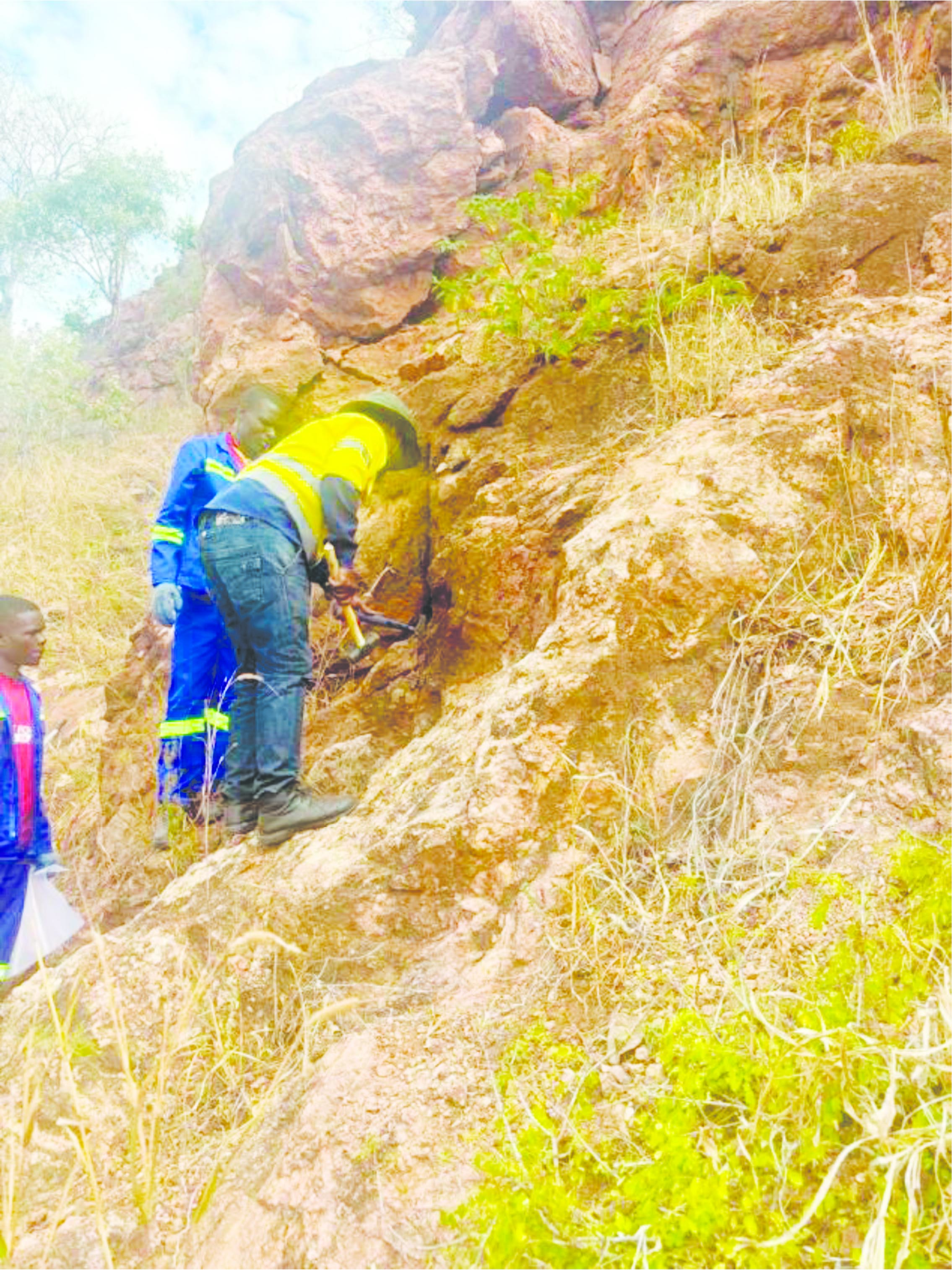
Mining
DY6 announces exciting results for Tundulu rare earth exploration project
November 05, 2024 / Marcel Chimwala

By Marcel Chimwala
ASX-listed DY6 Metals has announced exciting results for its exploration work for rare earths and phosphate at Tundulu in Malawi’s southern district of Phalombe.
DY6 Chairman Daniel Smith says in a Press Statement that a total of 63 metallurgical samples were collected from 37 sample locations along high-grade historic trench (TUTR10) at Tundulu.
Smith explains that sampling results returned up to a high of 3.35% Total Rare Earth Ore (TREO) and 27.5% Phosphorus pentoxide (P2O5) over the sampled 83m length of trench TUTR10.
He says: “An exciting component of the sampling results is the average HREO, being 13% of the TREO basket.”
“Undetectable to very low levels of deleterious elements including mercury, lead and cadmium in the phosphorus (P) rich rocks confirms the exceptional grade quality of the phosphate at Tundulu; and the sampling is representative of the mineralised Bastnaesite and Apatite carbonatite rock types exposed within the trench.”
Smith reports that selected samples are being collected to form a 150kg composite to be sent for metallurgical analysis while five bioavailability composite samples were also taken across various historical trenches at Tundulu, targeting phosphate-rich rocks, to determine the solubility of phosphate in the samples and understand its potential for direct fertilization.
He says the majority of samples showed excellent P solubility (using 2% citric acid) of over 40%, with one returning solubility of 81%. This is above the industry threshold of 9.4% P2O5 solubility using Citric Acid as the reagent in the acid leach process.
DY6 also collected nine samples representing predominant lithologies at Tundulu which will also be sent to RSC Australia.
Tundulu is formed of several hills in a ring around a central vent called Nathace Hill where the majority of the historic surface sampling and drilling was undertaken.
The predominant geology at Nathace Hill is REE apatite hosting carbonatites and feldspathic breccia and comprises a large inner agglomerate vent.
Mineral rich carbonatite also occurs at Tundulu Hill east of Nathace and Makhanga Hill west of Nathace and is previously unexplored and prospective for REEs and niobium mineralisation.
REE mineralisation remains open towards southern and western directions of Nathace Hill and potentially extends beyond the boundaries of the previously established mineralised area over Tundulu Hill. Initial indications of mineralisation appear to be high in valuable MREEs and low measurable radioactive uranium (U) and thorium (Th). This compares favourably to Lynas Rare Earths’ Mount Weld Central Lanthanide Deposit where Th and U concentrations in the ore are approximately 660 ppm and 25 ppm respectively.
The Tundulu metallurgical test work will aim to evaluate historical studies undertaken at Tundulu and assess the findings from a 2017 metallurgical report, completed by the previous operators of the licence. The test work will initially focus on validating the beneficiation results achieved by the previous laboratory.
“Conducting test work at this early stage enables the Company to ascertain the preliminary viability of producing two product streams: namely a REE commercially saleable concentrate and a mixed phosphate concentrate containing rare earths,” says Smith.
Ngala Hill Platinum Group Elements, Nickel and Copper Project
Meanwhile, samples taken from the Company’s recent reconnaissance soil and rock chip program at the Ngala Hill Platinum Group Elements, Copper and Nickel Project have been submitted to SGS South Africa for analysis, with results expected soon.































